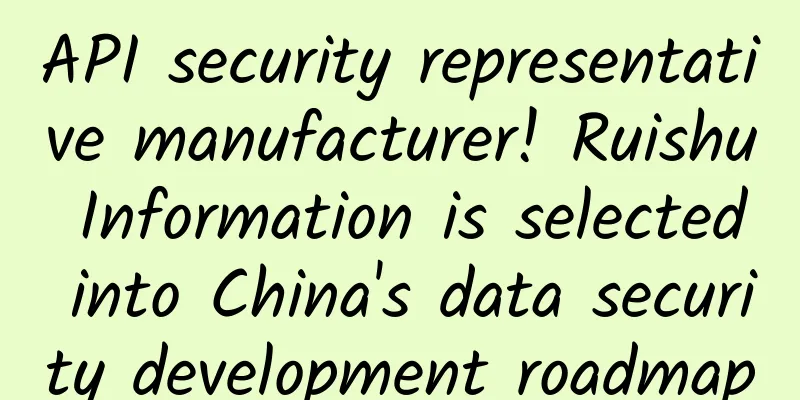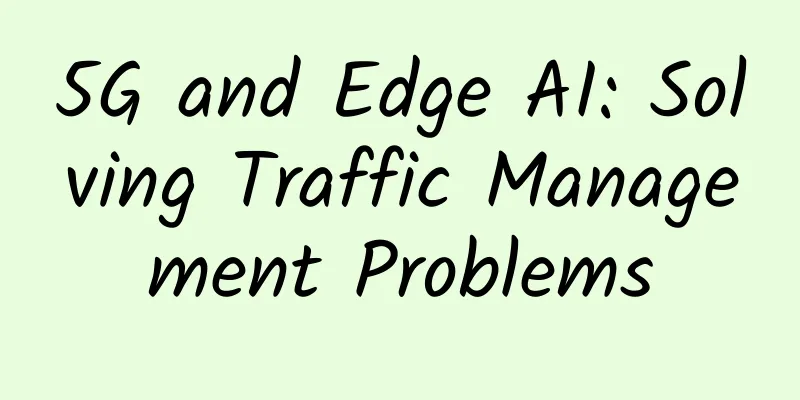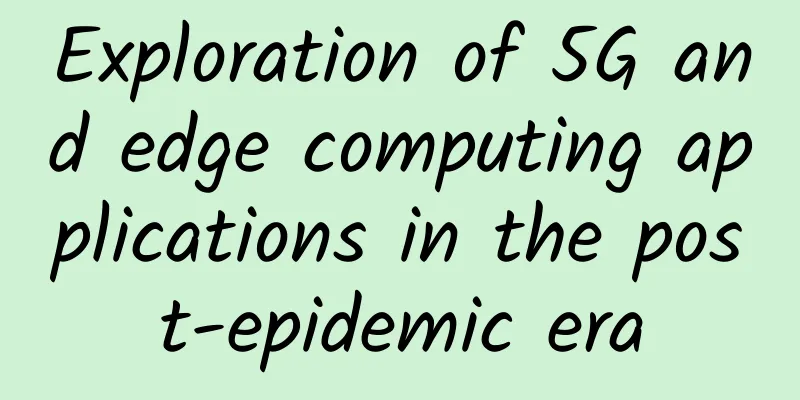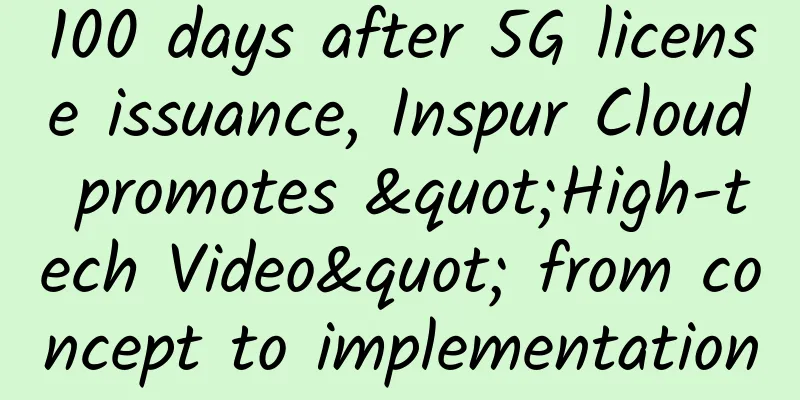API security representative manufacturer! Ruishu Information is selected into China's data security development roadmap

|
On August 26, IDC, a leading global IT research and consulting company, released "IDC TechScape: China Data Security Technology Development Roadmap, 2022", which selected 18 emerging and important data security technologies for analysis, and presented the technical points, technical advantages and disadvantages, development stages, risk levels, market popularity and benchmark manufacturers of different data security technologies and services from the three categories of transformational, incremental and opportunistic technologies, to help users understand and choose a data security product and service combination that suits their own business development requirements. As a backbone force in China's data security field, Ruishu Information launched an API security management and control platform that fully integrates active defense capabilities against attacks and AI intelligent data analysis capabilities. It was listed as an API security representative vendor in IDC TechScape: Transformative Technologies for Data Security. API is becoming a core technology means to achieve business innovation and digital transformation. It connects not only systems and data, but also enterprises, customers, partners, and even the entire business ecosystem. It has become an important entry and exit for current network application traffic. More and more attackers are using API to carry out automated and efficient attacks. IDC points out that API security has gradually become an important field of data security and application security. At present, the traditional API protection functions in products such as Web application security gateways are no longer sufficient to protect against increasingly complex API attacks. API security should be managed and controlled from the perspective of full life cycle management, starting from API security development and deployment (API testing, etc.), with encryption, identity authentication, permission management, API security testing, detection, monitoring, threat protection, threat handling and other capabilities. In general, the API security protection difficulties faced by end users mainly focus on incomplete and inaccurate API asset sorting, weak API testing capabilities during the development process, security configuration errors, identity authentication and permission management errors, encryption failures, difficulty in continuous detection and monitoring during operation, and weak API security awareness. As a representative manufacturer of API security in China, Ruishu Information has fully integrated active defense capabilities with AI intelligent data analysis capabilities in terms of technology based on the pain points of users in API security protection. It has launched the Ruishu API security management and control platform with API perception, discovery, monitoring and protection capabilities, covering the entire life cycle of API security protection management. Unlike many security solutions that approach the API security gateway from a security perspective, Ruishu's API security management and control platform emphasizes the improvement of the ability to identify and protect against API-related threats. It uses behavioral analysis to identify risks in a more granular and accurate manner, and implements full-process API security threat protection from the API access client to the API server. Specifically, Ruishu API security management platform includes four major modules: API asset management, attack protection, sensitive data management, and access behavior management, providing a complete security management solution for API interfaces. l API asset management module: Continuously discover API interfaces, establish API lists, compare with the API catalog provided by the business side, and promptly discover unknown APIs and zombie APIs. Automatically classify and group API interfaces, assign responsible persons, and implement decentralized data management. Extract metadata of API interfaces and provide a visual display of details for API interfaces. l API attack protection module: defines the API interface call sequence based on known business logic and dependencies, prevents access behavior that bypasses business logic, sets interface request parameter call rules in advance, rejects illegal API request parameter calls, reduces security configuration errors, and reduces the attack surface; supports API security attack detection and protection, and introduces semantic analysis technology to further improve detection accuracy. l API sensitive data control module: Built-in sensitive information detection engine, covering 18 sensitive data types such as OWASP API Security Top10, name, mobile phone number, ID card, bank card, password, etc., automatically classifies sensitive information, and provides real-time insights into sensitive data, plaintext passwords and weak passwords transmitted in both directions in the API interface. It also desensitizes sensitive information in the return message of the API interface in a timely manner to avoid data leakage risks. l Abnormal behavior monitoring module: Based on multi-dimensional real-time monitoring of API interface access behavior, including access success rate, time consumption, TPS, number of concurrent users, etc., establish an API access baseline and promptly discover abnormal access behaviors that deviate from the baseline; built-in API business threat model, perspective common API business threats, such as: database collision, crawlers, etc. l API access control module: It has built-in flexible API access control strategies, which can implement refined access control on API interfaces based on hundreds of elements such as API interface, source IP, access frequency, client fingerprint, API token, User Agent, HTTP request characteristics, etc., and support frequency limiting, interception, delay, etc. Ruishu API security management platform can not only quickly and automatically discover APIs, and give clear identification for discovered APIs, but also display a clear API list, so that the access status of API interfaces is clear at a glance. At the same time, by accurately building API portraits, you can quickly preview the API status of each business, including usage, abnormal situations, access sources, etc., and can perform dynamic response protection based on the results of behavioral analysis or specified conditions, increasing the difficulty of attack methods such as reverse detection or machine learning analysis. Ruishu API security management and control platform has been widely used in multiple industries such as finance, fast-moving consumer goods, retail, operators, energy, etc., providing strong support for enterprises to achieve API security management and data security. The reason why Ruishu Information was selected as a recommended vendor for API security technology by IDC TechScape is that it closely follows market trends and user needs, continuously improves and innovates in technology, and has long been recognized by the market and users. In the future, Ruishu Information will continue to refine API security technology and solutions to bring real value to users, help enterprises build data security in compliance, and effectively resist emerging API threats. |
<<: The love-hate relationship between TCP and UDP
Recommend
Why do big companies have API gateways? It’s not as simple as you think!
[[319983]] In this article, we will explore the r...
Can 5G, which was boasted 10 years ago, be realized?
5G is on the verge of launch, and the telecommuni...
Verizon expands Ultra Wideband 5G and 5G Home Internet to new cities
Verizon, the US telecom operator, recently announ...
TripodCloud: San Jose CN2 GIA line KVM half year 39 US dollars, CN2 GIA large hard disk VPS half year 44 US dollars
TripodCloud is a Chinese VPS service provider fou...
How much room do operators have for increasing speed and reducing fees?
The "Economic Operation of the Communication...
China and Europe should strengthen 5G cooperation and jointly promote the development of digital economy
In September 2020, the "China-EU Business Di...
ChatGPT and 5G messaging: the perfect combination of new artificial intelligence and new communications
At present, the hottest topic is none other than ...
CMIVPS: VPS hosting with 30% off annual payment and 20% off monthly payment, large bandwidth/direct connection in Hong Kong
CMIVPS released a new discount plan for blog read...
The first stop in Beijing won the first prize. The 2017 Sangfor Asia Pacific Tour is committed to "Innovation, Intelligence, Security, Integration, Cloud and IT"
[51CTO.com original article] On March 30, the 201...
The 5G Revolution: Unveiling the Future of Healthcare
Evan Kirstel, Chief Digital Evangelist and Co-Fou...
VPSSLIM: €12.95/year Netherlands VPS - 1GB/10GB/10Gbps ports with unlimited traffic
VPSSLIM is a foreign hosting company registered i...
Google open-sources network-opt for optimizing network topology
The Internet has become the most important issue ...
Synchronized is the king's harem manager, and thread is the queen
If synchronized is the "chief steward" ...
How to deploy 5G and edge computing?
The telecommunications sector around the world is...
The results of 5G centralized procurement have been released one after another. How to divide the “cake”?
As all parties continue to increase their investm...









